
The datasets were originally crawled from the Meetup.com by authors of this work[1]. It consists of two part:
- Categories:

The datasets were originally crawled from the Meetup.com by authors of this work[1]. It consists of two part:

A synthetic data for low power (P ≤10 mW) InGaAsP MQW-DFB lasers operating at a wavelength (λ) ranging from 1.53 to 1.57 µm at a case temperature laying between -40 ℃ to 85 ℃ with side mode suppression ratio of more than 35 dB is generated and can be used for laser lifetime prediction using machine learning based approaches.
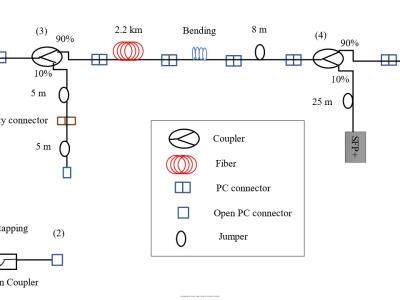
The dataset includes processed sequences of optical time domain reflectometry (OTDR) traces incorporating different types of fiber faults namely fiber cut, fiber eavesdropping (fiber tapping), dirty connector and bad splice. The dataset can be used for developping ML-based approaches for optical fiber fault detection, localization, idenification, and characterization.
suicidal ideation dataset extracted from reddit and twitter social media platform.
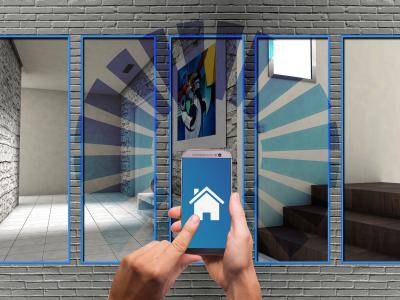
The dataset contains the data collected using an Arduino Nano 33 BLE Sense for several classification tasks: color detection, keyword spotting, sound frequency recognition, vibration pattern detection, hand-gesture recognition, and vibration intensity detection.
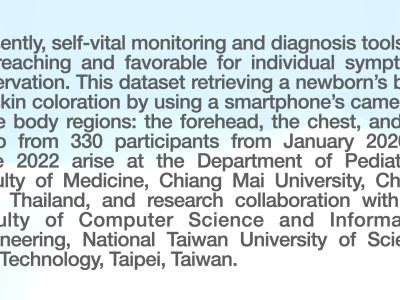
Details as in the Dataset Image.

# Student Test Results Prediction based on Learning Behavior: Learning Beyond Tests
Dataset Part A: The Goal is to predict Test Results, in the form of averaged correctness, averaged timespent in the test, based only on the learning history (learning behavior records)
Dataset Part B: The objective is to predict the last test results, points and scores, based on the learning behavior records and the first test results.
# About the dataset

This dataset includes real-world Channel Quality Indicator (CQI) values from UEs connected to real commercial LTE networks in Greece. Channel Quality Indicator (CQI) is a metric posted by the UEs to the base station (BS). It is linked with the allocation of the UE’s modulation and coding schemes and ranges from 0 to 15 in values. This is from no to 64 QAM modulation, from zero to 0.93 code rate, from zero to 5.6 bits per symbol, from less than 1.25 to 20.31 SINR (dB) and from zero to 3840 Transport Block Size bits.
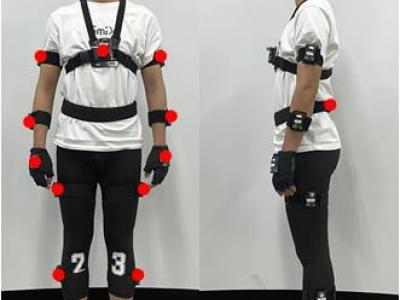
Human activity data based on wearable sensors, such as the Inertial Measurement Unit (IMU), have been widely used in human activity recognition. However, most publicly available datasets only collected data from few body parts and the type of data collected is relatively homogeneous. Activity data from local body parts is challenging for recognizing specific activities or complex activities. Hence, we create a new HAR dataset which is colledted from the project named MPJA HAD: A Multi-Position Joint Angles Dataset for Human Activity Recognition Using Wearable Sensors.
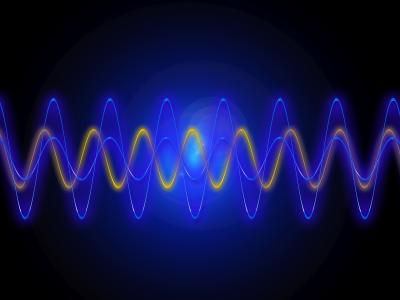
Ultrasonic transit time difference meters are prevelent in industry due to their ease of use and lack of moving parts. But, They often suffer from a cross-sensitivity to the speed of sound in the fluid, which is dependent on the temperature. Other factors like changes in the flow profile or trigger jitter in the signal can also have a large impact on the accuracy to which measurements can be made.